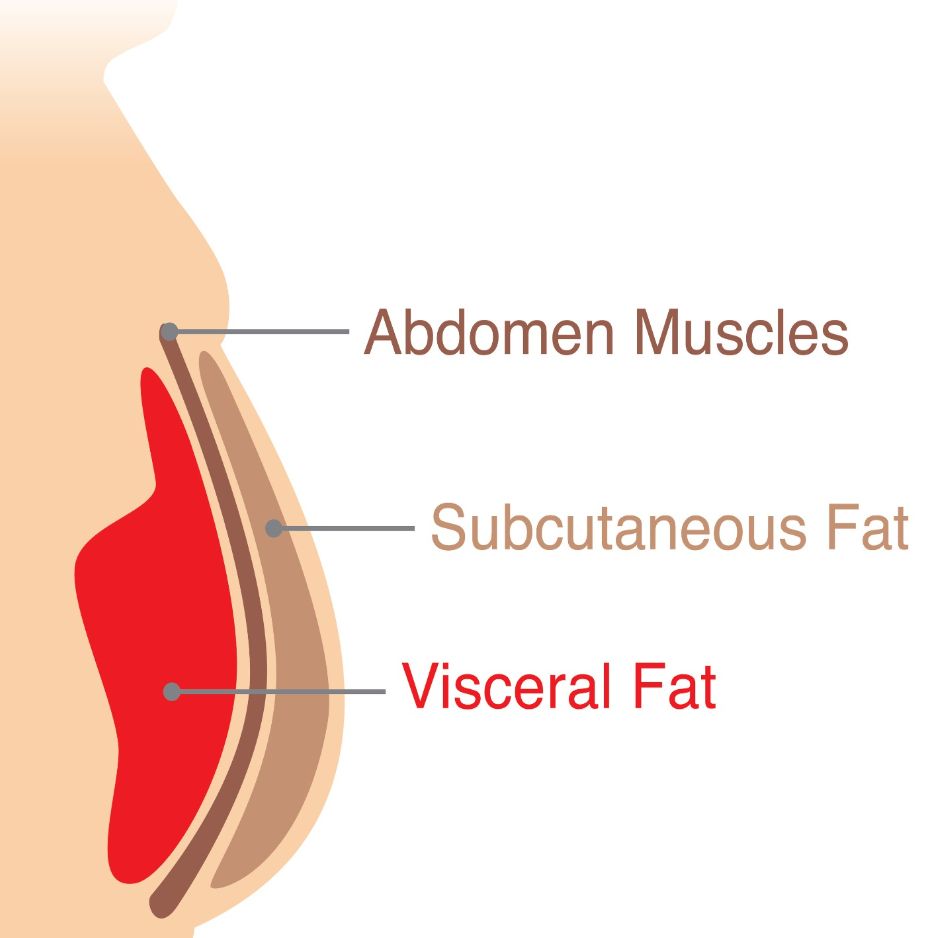Plant-Based Thanksgiving: Menus, Recipes & Prep Plan

Plant-Based Thanksgiving: Menus, Recipes & Prep Plan
Looking for plant-based Thanksgiving recipes and a full menu?
Here’s an easy, done-for-you plan that includes:
- 3 complete menus (classic comfort, high-protein, and allergy-friendly)
- 25+ recipe ideas you can mix and match
- A scalable shopping list for any guest count
- A 48-hour prep timeline and day-of oven schedule
- Smart substitutions and an editable master checklist
If you’re hosting a plant-based Thanksgiving (or simply adding more veggie-forward dishes), this guide helps you pull it off with zero stress and maximum flavor. For more plug-and-play prep ideas, see our 7-day vegan meal prep plan and our 30-minute High-Protein Vegan Meals roundup.
Quick FAQ
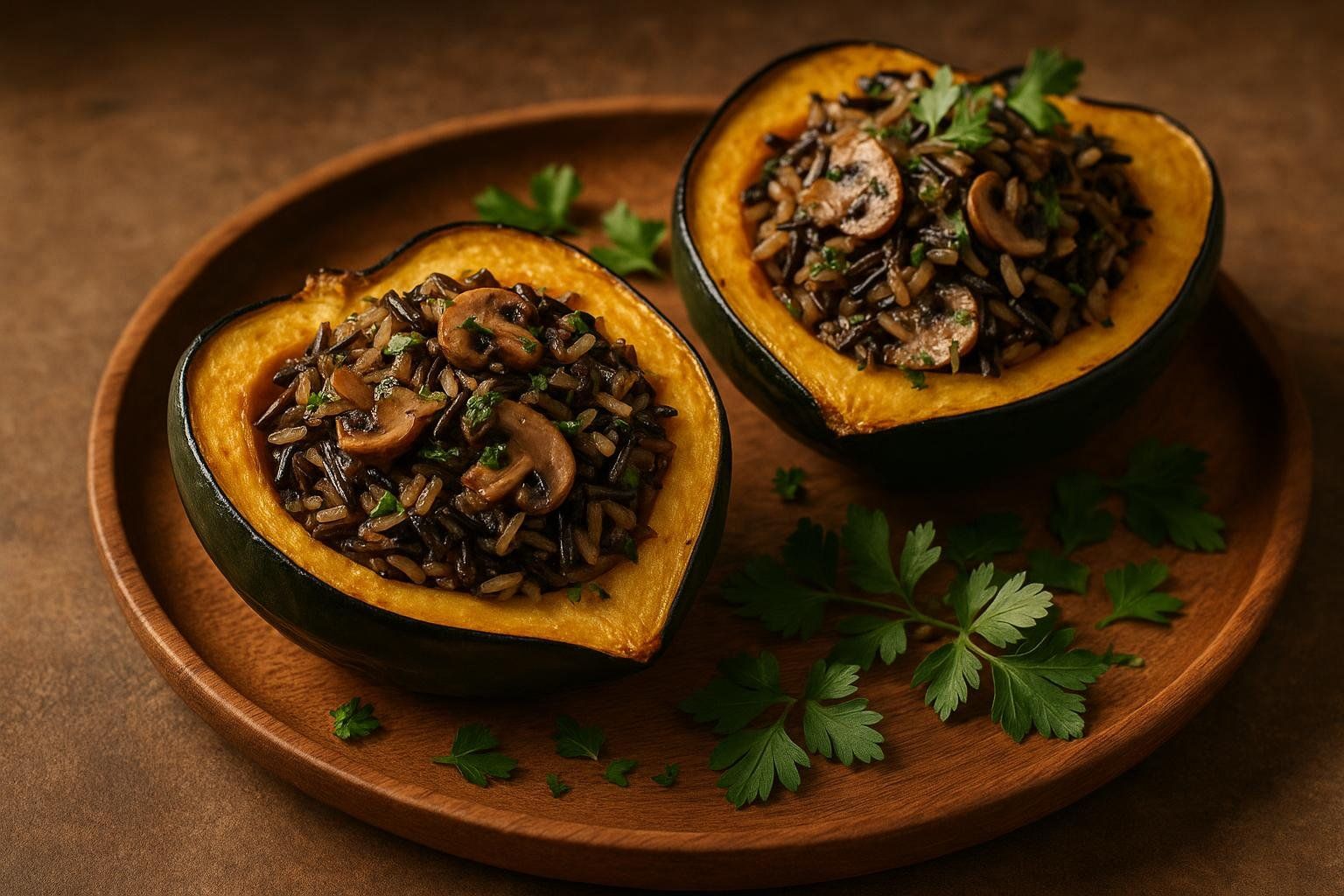
- How do I make gravy without butter or cream? Use olive oil or plant butter and thicken with flour or a cornstarch slurry; add umami with mushrooms or miso. Find an example in Love & Lemons' Vegan Thanksgiving collection.
- What’s a hearty vegan “main” instead of turkey? Stuffed squash, lentil shepherd’s pie, or a mushroom Wellington all deliver centerpiece vibes. Find examples and techniques in Rainbow Plant Life’s roundup.
- Can stuffing be egg-free and still hold? Yes—use flavorful stock, sautéed aromatics, and bake until the top is crisp and center set.
- What are reliable plant-based pies? Try pumpkin cream tarts and apple crisps; see Food52’s vegan Thanksgiving dessert list.
Build-Your-Own Menu (3 done-for-you options)
Use these as templates. Mix and match freely based on your kitchen gear and guest preferences.
1) Classic Comfort (omnivore-approved)
- Starter: Creamy mushroom soup
- Main: Lentil shepherd’s pie with sweet potato mash
- Sides: Roasted Brussels sprouts with maple-balsamic glaze; Garlicky mashed potatoes with mushroom gravy; Simple cranberry-orange sauce
- Bread: Skillet cornbread
- Dessert: Apple crumble with oat-pecan topping
Recipe Inspiration:

- Love & Lemons’ vegan Thanksgiving collection (gravy, mashed potatoes, stuffing, desserts)
- Food52’s best vegan Thanksgiving recipes (52+ ideas)
2) High-Protein Vegan (for active crews)
- Starter: Spinach artichoke dip with crudités
- Main: Tofu-and-mushroom Wellington or miso-glazed lentil loaf
- Sides: Wild mushroom stuffing; Crispy roasted potatoes; Edamame-citrus salad
- Bread: Lemon-garlic focaccia
- Dessert: Pumpkin cream tart with coconut whip
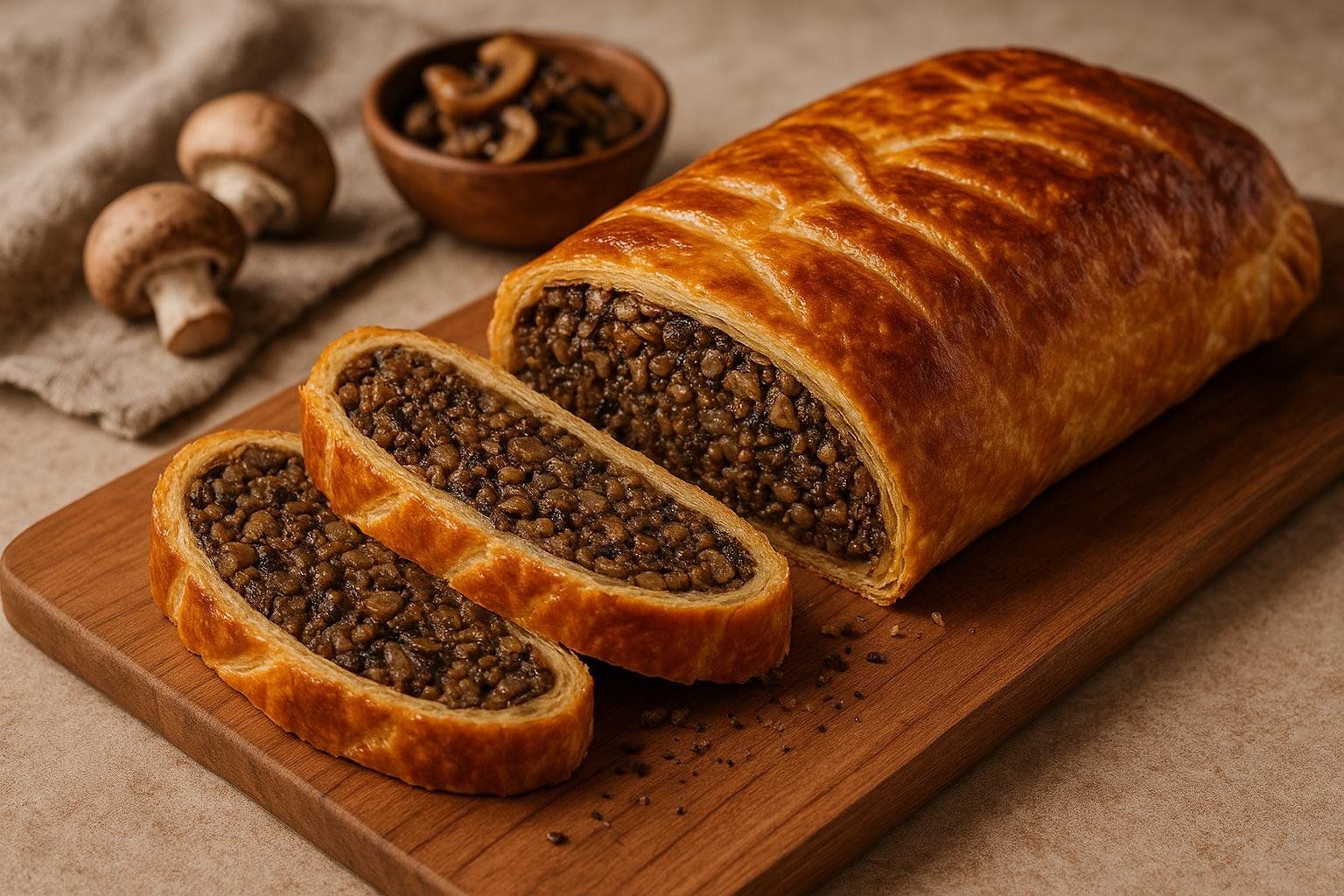
3) Allergy-Friendly (gluten-free, nut-free)
- Starter: Roasted butternut squash soup
- Main: Stuffed acorn squash (wild rice, mushrooms, herbs)
- Sides: Maple-roasted carrots; Sautéed green beans with lemon and toasted seeds; Creamy mashed potatoes (olive oil + garlic)
- Bread: Gluten-free rolls or polenta squares
- Dessert: Baked pears with spice syrup
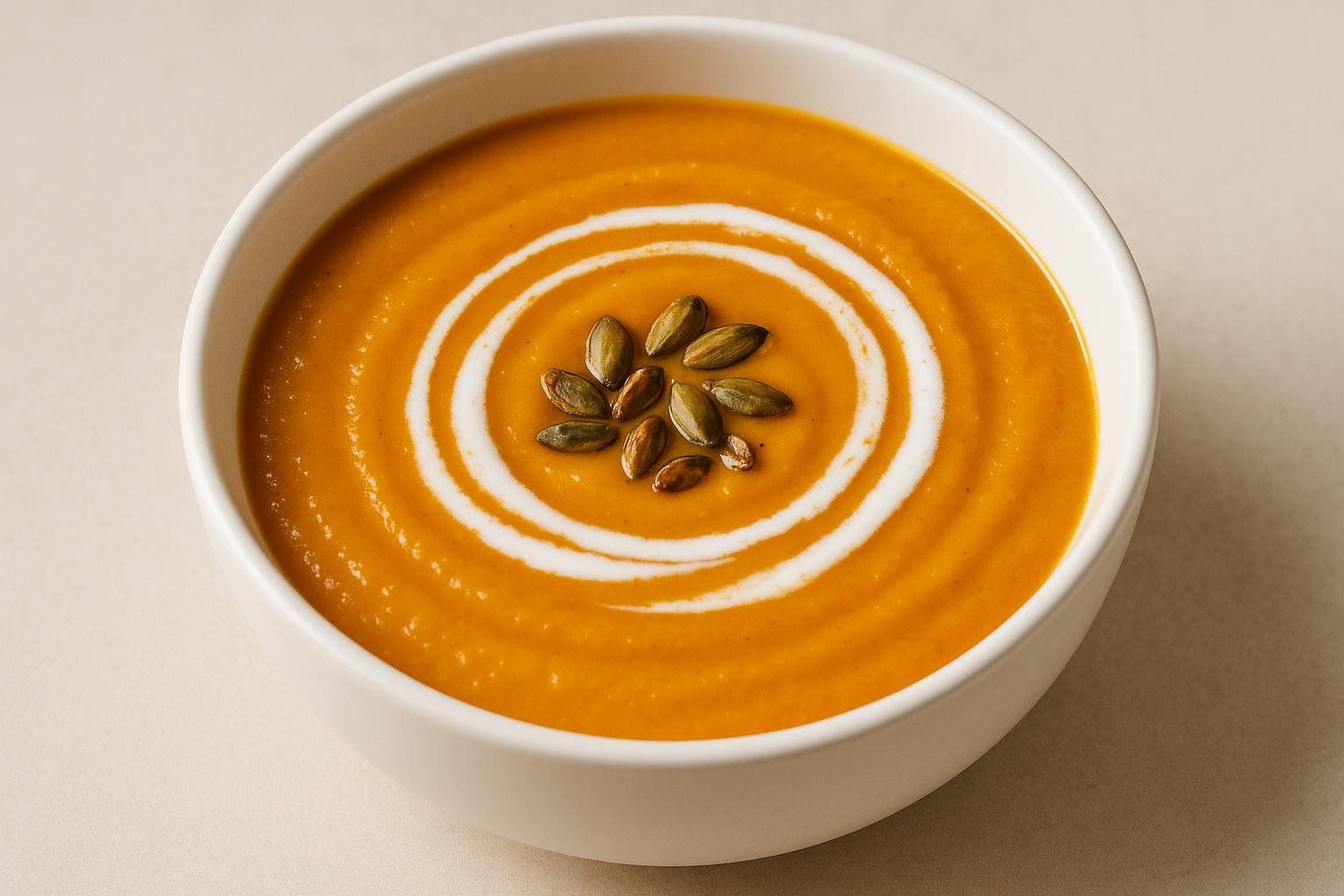
Find gluten- and dairy-free inspiration across Forks Over Knives’ whole-food roundup (100+ ideas).
Pro tip: For make-ahead structure and flavor, choose mains that bake as a single slab or loaf (Wellington, lentil loaf, stuffed squash). They hold heat well and slice cleanly.
The Scalable Shopping List (copy/paste and adjust quantities)

Note: This is a master list to cover any combination of the three menus. Quantities below are generous but realistic for 8 guests making multiple dishes. If you’re cooking a smaller spread or a single menu, scale down and cross off items you won’t use. For 4 guests, buy half; for 12, multiply by 1.5.
-
Aromatics & Produce:
- Yellow onions (4)
- Garlic (2 bulbs)
- Celery (2 bunches)
- Carrots (2 lb)
- Mushrooms, cremini or mixed (2.5–3 lb)
- Potatoes, total (10–12 lb across russet and/or Yukon golds)
- Sweet potatoes (4–5 lb)
- Brussels sprouts (3 lb)
- Butternut or acorn squash (2 large)
- Green beans (2–2.5 lb)
- Lemons (6), oranges (2)
- Fresh herbs: rosemary, thyme, sage, parsley (1 bunch each)
- Salad greens + crunchy add-ins (pomegranate arils or dried cranberries)
-
Plant Proteins:
- Brown or green lentils (1.5–2 lb dry)
- Firm or extra-firm tofu (3–4 x 14–16 oz blocks)
- Vegetable stock, low sodium (2 quarts)
- Edamame, shelled (1–1.5 lb, frozen)
-
Baking & Grains:
- Wild rice blend or quinoa (1–1.5 lb)
- All-purpose flour or GF blend for gravy/rolls (1 lb)
- Cornmeal (for cornbread/polenta, 1–1.5 lb)
- Bread for stuffing (1–1.5 large loaves; use GF if needed)
-
Pantry & Flavor:
- Olive oil + neutral oil
- Soy sauce or tamari; miso paste; nutritional yeast
- Maple syrup; brown sugar
- Cranberries, fresh or frozen (1.5–2 lb)
- Tahini (1 jar)
- Spices: smoked paprika, cayenne, cinnamon, nutmeg, clove
- Salt, black pepper
-
Desserts & Extras:
- Coconut milk (2 cans)
- Apples (4 lb) and/or pears (4 lb)
- Oats (old-fashioned, 1–1.5 lb)
- Coconut cream or dairy-free whip
Need pantry optimization and substitution ideas? See our Pantry Staples guide.
48-Hour Prep Plan (what to make ahead)
Two days out (T‑48 to T‑36 hours):
- Shop and chop: Dice onions/celery/carrots; trim green beans; halve Brussels sprouts; cube bread for stuffing and leave uncovered to dry overnight.
- Make and chill: Cranberry sauce; mushroom gravy base; roasted squash purée for soup.
- Bake ahead: Apple crumble streusel topping; cornbread; parbake Wellington loaf or lentil loaf until just set (cool, wrap, refrigerate).
One day out (T‑24 to T‑12 hours):
- Batch mains and sides: Pre-roast sweet potatoes; sauté stuffing aromatics; cook lentils/wild rice; press and marinate tofu.
- Mix dips/sauces: Spinach-artichoke dip; lemon-tahini; salad dressing. Label and refrigerate.
- Set stations: Put serving platters, utensils, and oven mitts out; label with sticky notes for each dish.
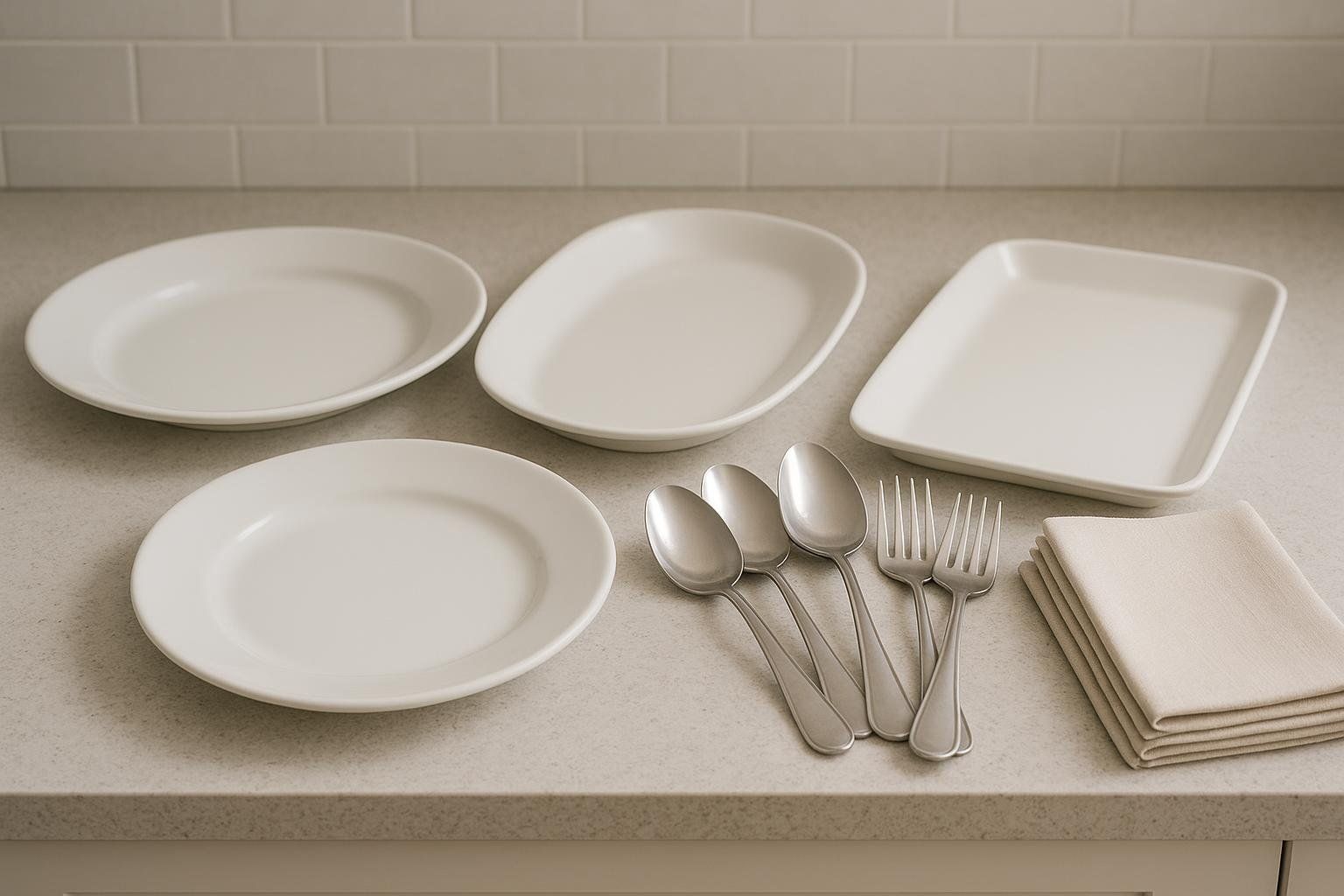
Food safety shorthand: Refrigerate perishable foods within 2 hours and reheat leftovers to 165 °F; most cooked dishes keep 3–4 days in the fridge (see the USDA food safety charts and FoodSafety.gov cold storage chart).
Day-Of Oven Timeline (example for a 2–3 rack oven, dinner at 5:00 p.m.)
- 10:00 a.m. – Move prepped mains from fridge to counter to take the chill off (30–45 min).
- 12:00 p.m. – Roast potatoes and Brussels sprouts at 425 °F (sheet pans staggered, rotate halfway).
- 1:30 p.m. – Reduce to 375 °F; bake Wellington/lentil loaf for 60–75 minutes:
- Use a food thermometer to confirm the center reaches 165 °F before serving—this is the most reliable way to verify doneness (USDA food safety charts).
- If you parbaked the main yesterday, reheat until the center is 165 °F (time varies by loaf size and oven).
- 2:30 p.m. – Heat stuffing and cornbread; warm soup on stovetop.
- 3:30 p.m. – Final prep:
- Mash potatoes
- Finish gravy
- Toss salad
- Heat green beans
- 4:15 p.m. – Recrisp veggies at 425 °F for 5–8 minutes if needed.
- 4:45 p.m. – Slice mains; set buffet.
- 5:00 p.m. – Dinner!
Tip: If oven space is tight, prioritize mains and stuffing for the oven and do stovetop reheat for soups, gravy, and green beans.
Nutrition Notes (made simple)

- A helpful protein target: Aim for about 20–40 g per meal, spaced across the day, to support muscle protein synthesis (review: research on protein for muscle synthesis).
- Easy protein wins:
- 1 cup cooked lentils ≈ 18 g protein (Source: Lentil nutrition facts)
- Firm tofu ≈ 43 g protein per cup (252 g) (Source: Tofu nutrition facts)
- Edamame (1 cup, shelled) ≈ 18.5 g protein (Source: Edamame nutrition facts)
- Flavor equals satisfaction: Layer umami (mushrooms, miso, soy sauce), acids (citrus, vinegar), and fresh herbs to make plant-based dishes pop.
Want help setting protein and calories for your goals? Start with our macro basics and browse high-protein vegan recipe ideas.
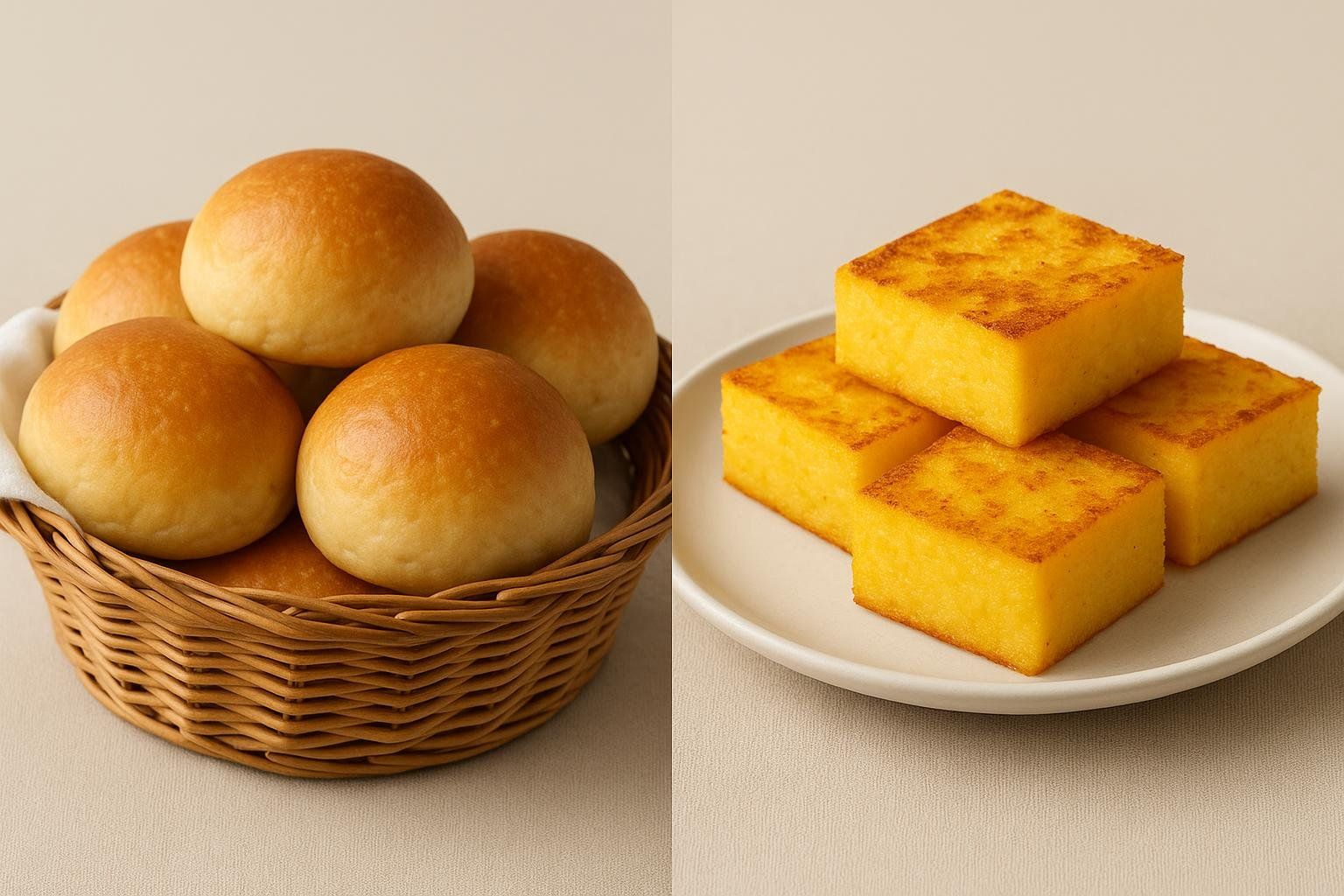
Substitutions & Swaps (for inclusivity and speed)
- Gluten-free: Use GF bread for stuffing; thicken gravy with cornstarch; serve polenta squares instead of rolls.
- Nut-free: Use seed-based toppings (pepitas/sunflower seeds) for crunch; skip nut milks in favor of oat or soy.
- Soy-free: Center lentils/beans and mushrooms; use coconut aminos instead of soy sauce.
- Low time, high payoff: Choose one “hero” main and 2–3 sides plus a simple dessert (apple crisp). For more quick meal ideas and pantry tips, explore our meal-prep and pantry guides linked above.
Copyable Master Checklist
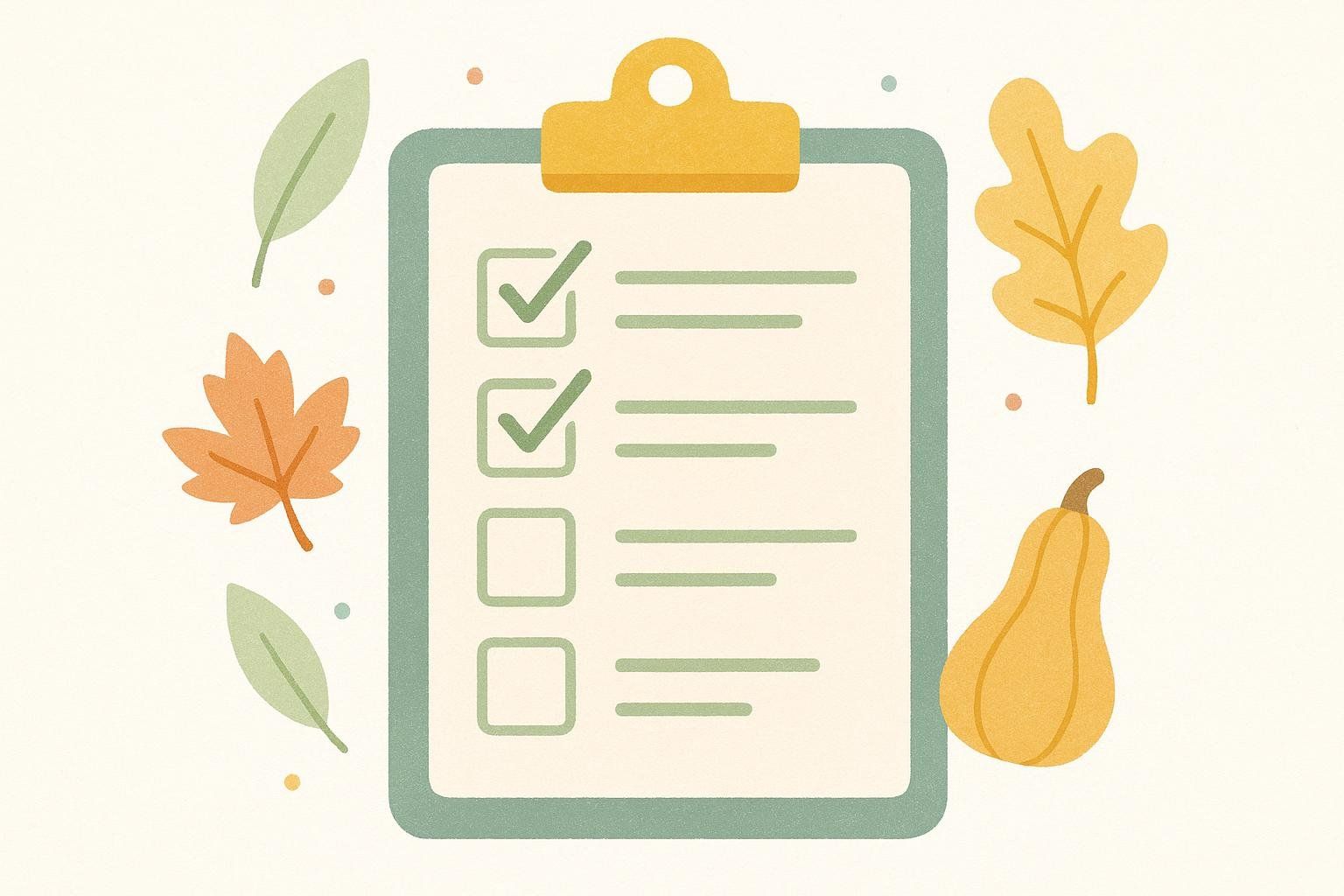
Paste into Notes and check off as you go.
[ ] Menu finalized (with guest dietary notes)
[ ] Shopping done (use the Scalable Shopping List)
[ ] Aromatics chopped; bread cubed for stuffing
[ ] Cranberry sauce + gravy base made
[ ] Main baked or parbaked; sides pre-roasted
[ ] Dips/sauces mixed and labeled
[ ] Serving stations labeled; oven racks positioned
[ ] Day-of timeline printed or pinned in kitchen
Keep the Momentum (without food guilt)
Thanksgiving is about people first and food second. If you’re working toward body-composition goals, enjoy the day and return to your routine on Friday. For gentle structure after your plant-based Thanksgiving, start with our guide to staying on track over Thanksgiving.
A quick BodySpec DEXA scan shows precisely how your body composition is changing—fat mass, lean mass, and visceral fat. Learn more in our guide to interpreting your DEXA results.
Tracking these changes over time with regular BodySpec scans (about every 8–12 weeks) gives you objective data that distinguishes fat loss from muscle gain, helping you confirm your nutrition strategy is working. Book a BodySpec scan.


